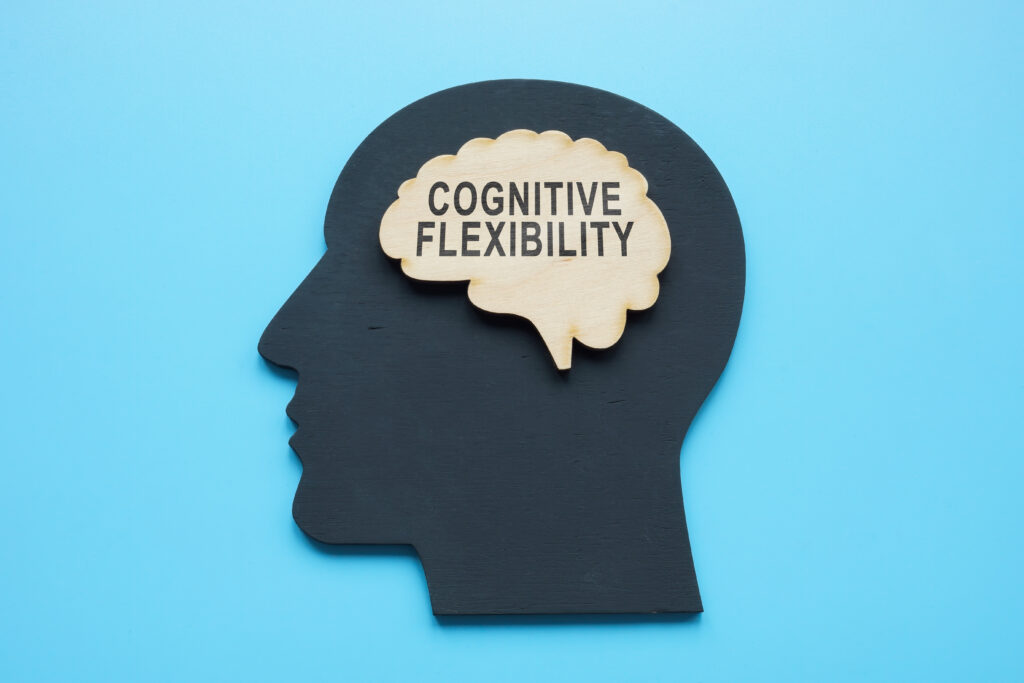Sunken brain syndrome, also known as cerebral volume loss or brain atrophy, is a neurological condition that affects the structure and function of the brain. It is characterized by an excessive shrinkage or collapse of the brain tissue, leading to a sunken appearance of the brain within the skull. This condition can have a significant impact on a person’s cognitive abilities, motor skills, and overall quality of life.
The human brain is a complex organ that controls all bodily functions and coordinates our thoughts, emotions, and behaviors. It is made up of billions of nerve cells, called neurons, which communicate with each other through electrical and chemical signals. The brain is surrounded by cerebrospinal fluid (CSF), which acts as a cushion and protects it from injury.
However, in individuals with sunken brain syndrome, this protective layer of CSF is reduced, causing the brain to shrink and sink into the skull. This can be due to various factors, including aging, genetics, head injuries, infections, and certain medical conditions.
One of the most common causes of sunken brain syndrome is aging. As we grow older, our brain naturally starts to shrink in size. This is a normal part of the aging process and is known as age-related brain atrophy. However, in some cases, the loss of brain tissue can be more severe and may result in sunken brain syndrome.
Genetics also play a significant role in the development of this condition. Some individuals may inherit genes that make them more prone to brain atrophy and sunken brain syndrome. This can be seen in certain genetic disorders such as Huntington’s disease and Alzheimer’s disease.
Head injuries, especially those that result in severe trauma or bleeding in the brain, can also lead to sunken brain syndrome. These injuries can cause damage to the brain tissue and affect its structure and function. Infections such as meningitis and encephalitis, which cause inflammation in the brain, can also lead to brain atrophy and sunken brain syndrome.
Certain medical conditions such as dementia, multiple sclerosis, and Parkinson’s disease can also contribute to the development of sunken brain syndrome. These conditions can cause damage to the brain tissue and lead to a loss of brain volume.
The symptoms of sunken brain syndrome can vary depending on the severity and location of the brain tissue loss. In some cases, individuals may not experience any noticeable symptoms, while in others, the symptoms can be debilitating.
One of the most common symptoms of sunken brain syndrome is a decline in cognitive abilities. This can include difficulties with memory, concentration, and decision-making. Individuals may also experience changes in their behavior and personality, such as confusion, irritability, and mood swings.
Motor skills can also be affected by sunken brain syndrome. Some individuals may experience muscle weakness, tremors, and difficulty with coordination and balance. In severe cases, this can lead to difficulty walking and performing daily tasks.
Due to the impact of sunken brain syndrome on the brain’s structure and function, individuals may also experience changes in their sensory perception. This can manifest as vision and hearing problems, as well as changes in taste and smell.
Diagnosis of sunken brain syndrome involves a thorough medical history, physical examination, and imaging tests such as MRI or CT scans. These tests can help doctors visualize the size and structure of the brain and identify any abnormalities.
Unfortunately, there is currently no cure for sunken brain syndrome. Treatment mainly focuses on managing the symptoms and preventing further brain tissue loss. This may include medication to control symptoms such as muscle weakness and tremors, occupational and speech therapy to improve motor skills and communication, and lifestyle changes to promote overall brain health.
In some cases, surgery may be recommended to relieve pressure on the brain and prevent further shrinkage. However, this option is only considered in severe cases and carries its own risks and potential complications.
Living with sunken brain syndrome can be challenging, both for the individuals affected and their loved ones. It can significantly impact a person’s ability to perform daily activities, work, and maintain relationships. Therefore, it is essential to have a supportive network and access to resources that can help manage the effects of this condition.
In conclusion, sunken brain syndrome is a neurological condition characterized by excessive shrinkage of the brain tissue, leading to a sunken appearance of the brain within the skull. It can have various causes, including aging, genetics, head injuries, infections, and certain medical conditions. While there is no cure, treatment focuses on managing symptoms and promoting overall brain health. With proper support and management, individuals with sunken brain syndrome can still lead fulfilling lives.


